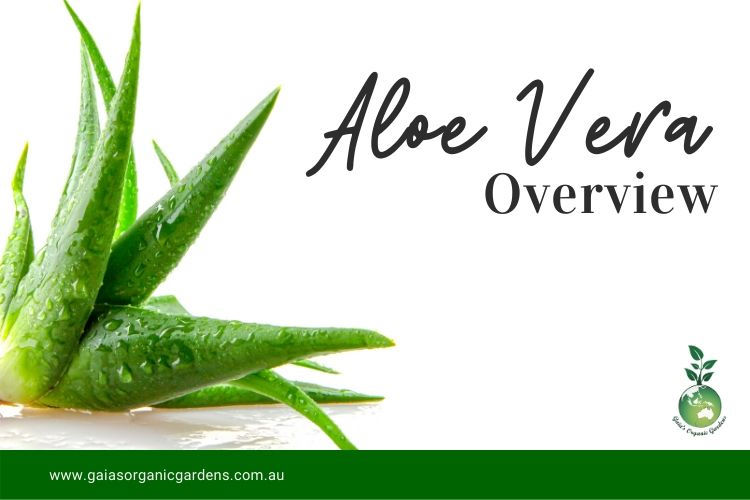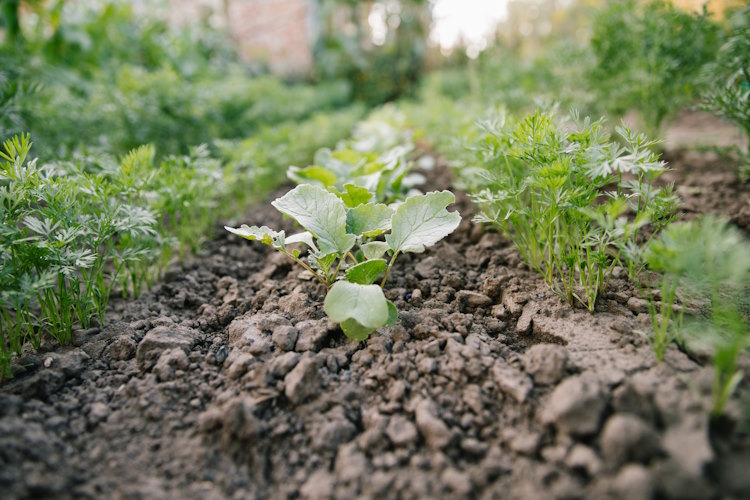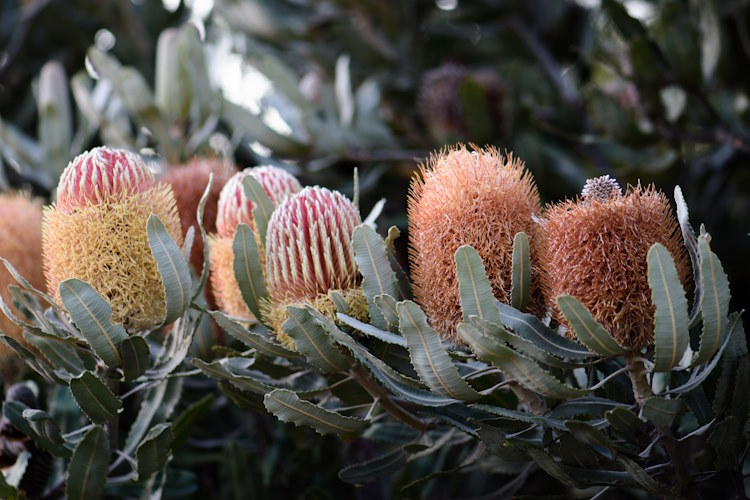One of the easiest plant to grow that not only brings life to your space but also serves as your self-regenerating first-aid kit is none other than Aloe Vera.
The name aloe vera derives from the Arabic word “alloeh” meaning “shining bitter substance”, while “vera” in Latin means “true”
Aloe Vera came from the family of Liliaceae which have 400 other known species. The other names for this plant are known as burn plant, Lily of the Dessert, Elephant Gal and Barbalion.
Science behind cell regeneration
Aloe Vera has received much attention in tissue engineering due to its biodegradability, biocompatibility, and low toxicity properties. The bioactive components have effective antibacterial, anti-inflammatory and immune-modulatory effects that promote both tissue regeneration and growth.
According to this study: “Naturally-derived biomaterials are often presumed to have enhanced compatibility with human tissues, the ability to exhibit bioactivity, and the ability to undergo biodegradation. Because of several advantages, natural biomaterials are usually used to replace or restore structure and function of damaged tissues or organs. Natural biomaterials have the ability to adequately support cell attachment, migration, proliferation, and differentiation. Polymer extracts of Aloe Vera have potential to be used as biomaterials in tissue engineering due to numerous advantages such as biodegradability, oxygen permeability, antioxidant action, and cell proliferation and regeneration. These extracts are also cost-effective and have low toxicity effects.
Collagen is the major protein in the extracellular matrix of various connective tissues. It was observed that Aloe Vera increases the collagen content of the granulation tissue as well as its degree of crosslinking. Aloe Vera stimulates fibroblasts for regeneration and enhances tensile strength and collagen turnover in damaged tissues.”
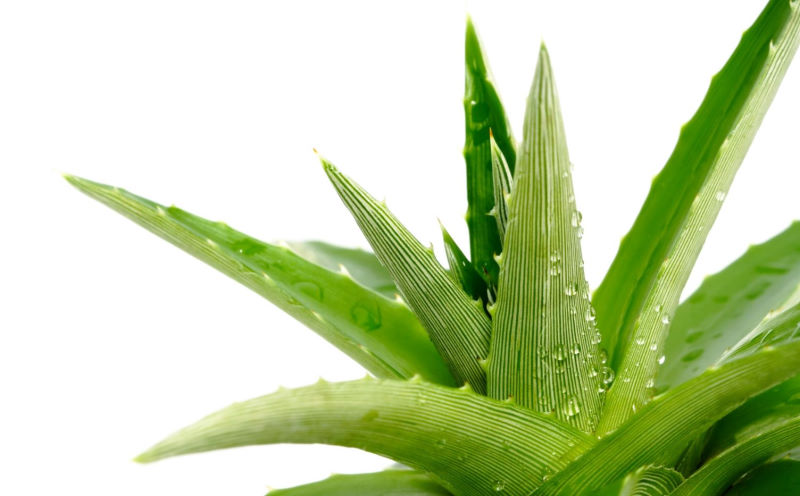
Common Uses
- Soothes burns
- Improves digestive health
- Alternative to mouthwash
- Helps with acne
- A natural laxative
- Helps to lower blood sugar
Aloe Vera for Beauty
Now let’s talk about Aloe for hair and skin. Aloe Vera is widely known for its beauty benefits. It works wonders for skin and hair and is often one of the key ingredient in many beauty products. It helps moisturise the dry skin and repair damaged hair.
Hair Treatment:
Cut out clear flesh of the Aloe Vera separating from the skin. Mix with bar mixer or hand mixer to make a foam, or you may use it as your usual conditioner (I don’t like the smell, but the effect is fantastic!)
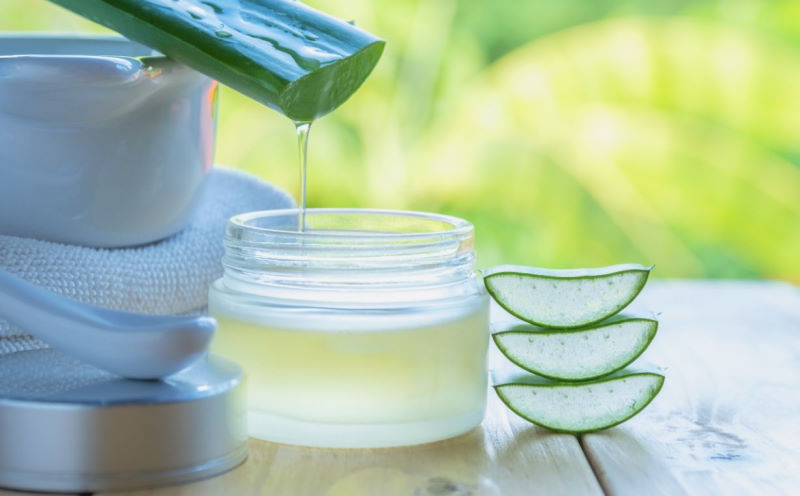
Skin Treatment:
You can also try using Aloe Vera as skin moisturizer or a toner by scooping out the gel or rub a freshly cut leaf over your face and let it dry (Do a an allergy test before you put it on your face).
Other for beauty recipes using Aloe Vera:
- Combine aloe gel, raw honey, and rose water (Thayer’s witch hazel in Rose Petal) or lemon juice in a bowl to smooth paste.
- Apply it to your face as a mask for 20 minutes
- Rinse with warm water
- Use this recipe once a week for healthy skin and three times a week if you have severe acne.
Combine 4 tbsp. Aloe gel, 4 tbsp. Coconut milk, and 1 tbsp. Coconut oil in a bowl until you get a smooth texture.
- Massage this mixture in your scalp and work it through your hair until it is full of the liquid.
- Let it sit for half an hour and wash off.
Growing Aloe Vera
Aloe Vera plant is so easy to grow. Aloe Vera thrives in bright but indirect sunlight.
Planting Aloe Vera:
- Aloe plant cannot be grown from a leaf cutting. Propagate by detaching younger clone plants from the base of the adult plant or from the joint root system.
- Choose the right type of pot. One of the preferred containers for Aloe Vera is made from terra-cotta, as it will allow your soil to dry thoroughly between watering and be heavy enough in case the plant tips over.
- The container should have one drainage hole in the bottom. The hole will allow excess water to drain out.
- The container should be as broad and deep. Choose a deep container to plant the entire stem under the soil.
- Water only every two weeks or when it’s about 3/4 of the way dry. Note that in the winter months you’ll want to back off on the watering frequency.
Next up, we will talk about how to prepare Aloe Vera for eating.
Love Aloe Vera? Want to grow your own? Call us now to see how we can help you grow Aloe in your own home.

